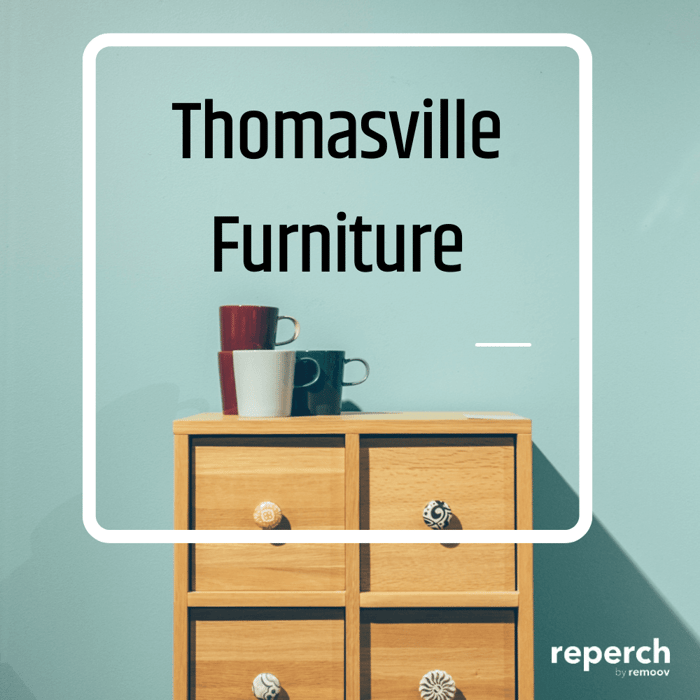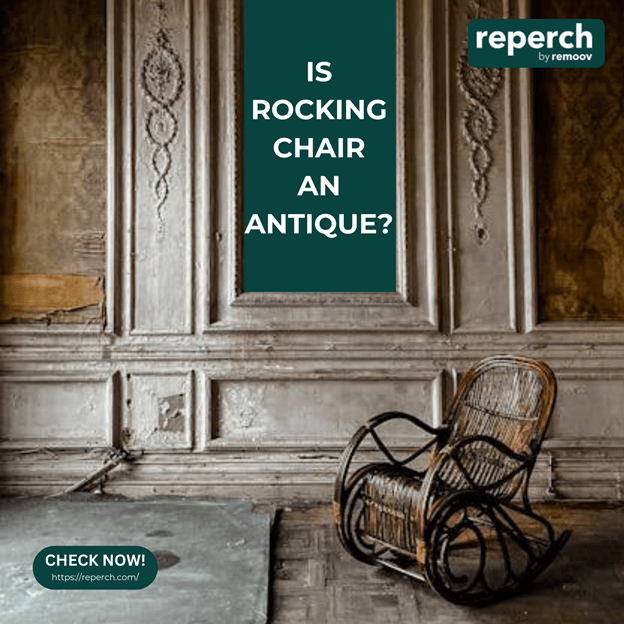Blenko Glass holds a prestigious place in the world of American glassmaking due to its exquisite colors and unique designs. Founded in 1921 by William J. Blenko in West Virginia, Blenko Glass Company has been producing hand-blown and hand-crafted glass for over a century. Identifying genuine Blenko glass can be a delightful challenge for collectors and enthusiasts alike.
This guide will walk you through the essential features and markings that help distinguish authentic Blenko pieces from replicas or other glass products.
Understanding Blenko Glass: A rich history
Celebrated for its vibrant colors and innovative designs, Blenko Glass has evolved significantly over the decades. Initially known for stained glass, the company shifted focus in the 1940s to functional and decorative glassware, earning acclaim and a dedicated following.
Key Features of Genuine Blenko Glass
Distinctive Marks of Blenko Glass
Blenko Marks:
Typically, Blenko glass pieces have markings to facilitate identification. From 1958 to 1982, Blenko used sandblasted marks. Before and after these years, they used foil stickers, many of which might have worn off over time. Since 1982, they have hand-signed most pieces with the year of production, the designer's initials, or the Blenko name.
Yearly Catalogs:
Referring to Blenko catalogs can help you find a visual match for your piece. These catalogs show the range of designs produced each year, along with details on markings and any special editions.
Color and Clarity
Unique Color Palette:
One of the hallmarks of Blenko glass is its rich and often vibrant color palette. Early pieces frequently featured deep ambers, greens, and blues. Over the years, Blenko introduced a wider variety of colors, including purples and turquoises. The intensity and depth of color in a Blenko piece are often good indicators of its authenticity.
Clarity and Quality:
Blenko is known for the purity and brilliance of its glass. Genuine Blenko pieces should be free of unintentional bubbles and have no discoloration that affects the clarity of the glass.
Texture and Form
Hand-Blown Techniques:
Genuine Blenko glass pieces are hand-blown, a method that can leave certain telltale characteristics, such as pontil marks on the bottom of the piece. Generally rough and irregular, these marks, where the glass broke off from the pontil rod, indicate the handcrafted nature of the item.
Design Style:
Blenko designs are distinctive and often feature bold, modernist shapes and patterns. Familiarity with Blenko's style variations over the decades can significantly aid in identification. For instance, one can identify the asymmetrical forms that gained popularity in the mid-20th century or the more structured styles that emerged later.
How to Verify Blenko Glass's Authenticity
Consult Experts and Enthusiasts
Join Collectors' Groups:
Participating in online forums and collectors’ groups can provide insights and opinions from experienced Blenko enthusiasts. These communities often share detailed knowledge about less common pieces and recent discoveries.
Seek Professional Appraisal:
For valuable pieces or when in doubt, seeking a professional appraisal can be worthwhile. Experts in glassware can provide authentication services and detailed knowledge about Blenko glass's specifics.
Where to Find Genuine Blenko Glass
Antique Shops and Estate Sales:
These are often great sources for finding genuine Blenko glass. Knowing the key identifiers can help you spot authentic pieces.
Specialized Online Marketplaces:
Websites that specialize in vintage items, such as Etsy or eBay, can also be good places to find Blenko glass. Ensure that sellers provide detailed photos and descriptions, and feel free to ask questions about the piece’s history and markings.
Caring for Your Blenko Glass Collection
Proper Cleaning Techniques:
To clean Blenko glass, use a mild detergent and warm water. Avoid abrasive materials that can scratch the surface. For tougher stains, soaking the piece in soapy water before cleaning can help.
Safe Display and Storage:
Make sure to display your Blenko pieces safely, away from potential knocks. Avoid direct sunlight, which can sometimes alter the colors of glass over long periods of time.
Conclusion
Identifying Blenko Glass involves understanding its unique characteristics—distinctive marks, color, form, and texture. By familiarizing yourself with these aspects and utilizing resources like collector catalogs and expert advice, you can become proficient in recognizing and appreciating genuine Blenko pieces.
FAQs About Blenko Glass
How can I tell if my Blenko glass piece is vintage?
Look for the specific markings used during different periods, consult yearly catalogs, and check the color and texture characteristics typical of older Blenko glass.
Where is the best place to buy authentic Blenko glass?
Reputable antique dealers, specialized online marketplaces, and collectors’ events are excellent sources for genuine Blenko glass.
Can you repair Blenko glass if it chips or cracks?
Professionals may be able to repair minor damage, but they often cannot restore extensive damage to Blenko glass without noticeable changes. Handle these pieces with care.
By investing time in learning about Blenko Glass and its distinctive properties, collectors can ensure they acquire authentic and valuable pieces that reflect the rich history and craftsmanship of the Blenko Glass Company.








